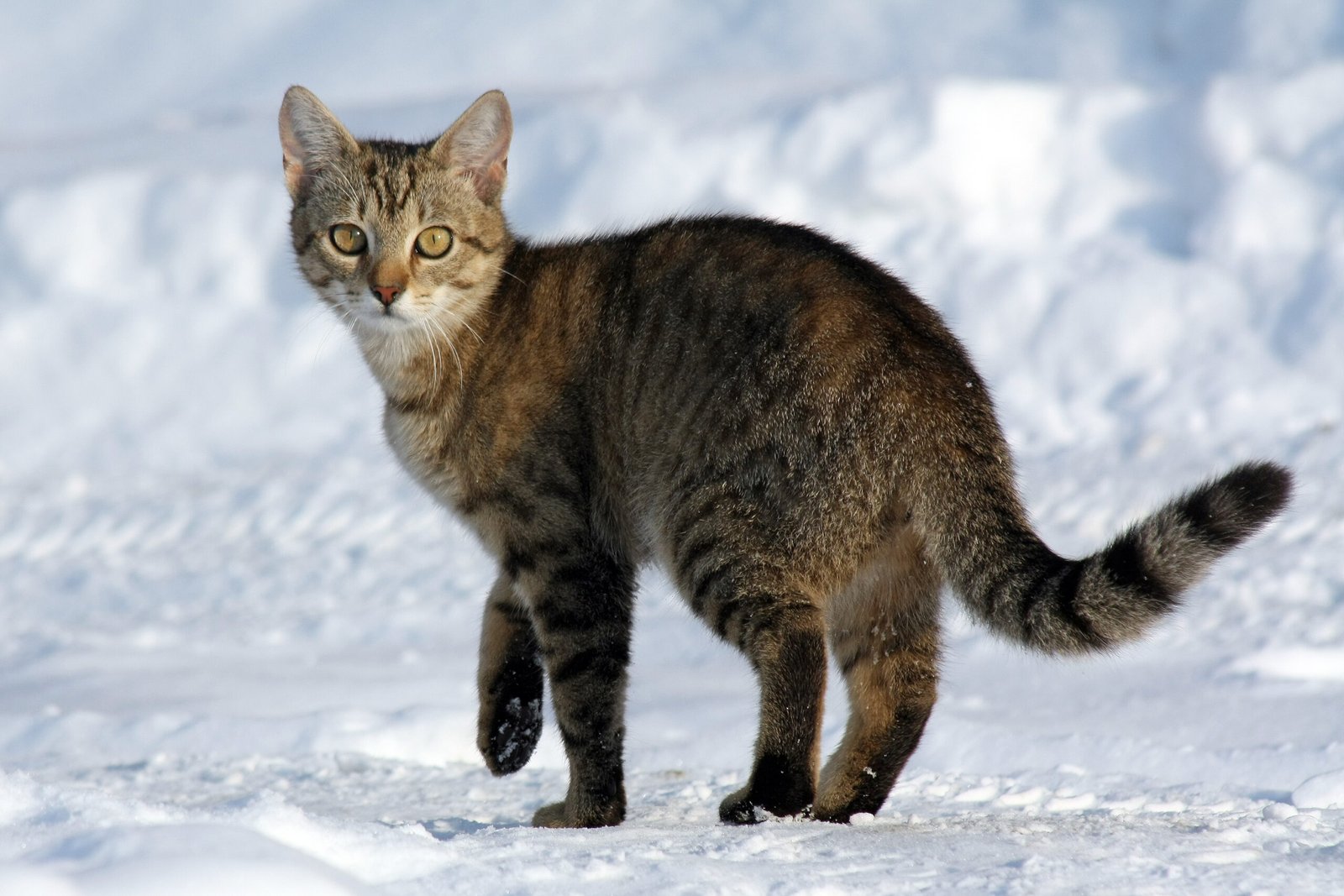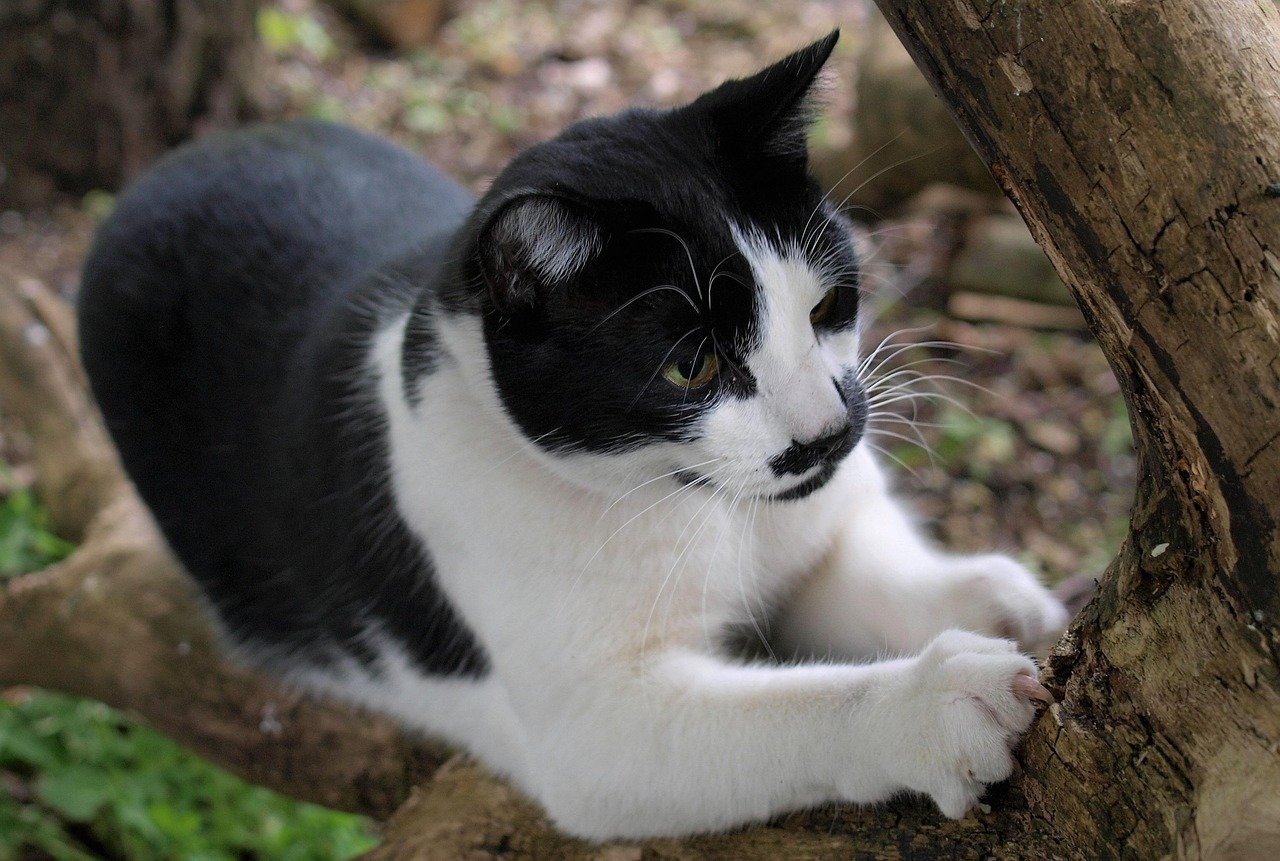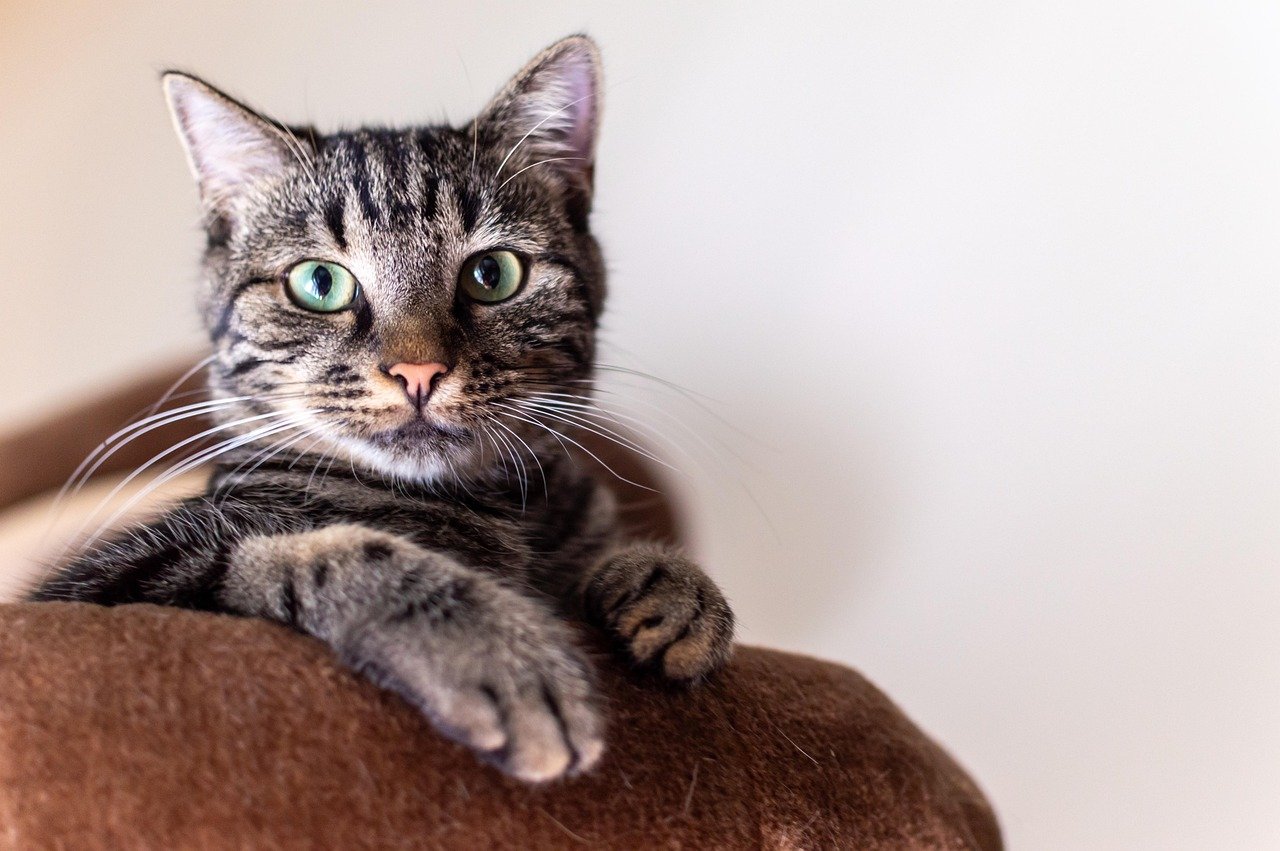Have you ever looked at your cat and wondered if all those things people say about felines are actually true? Cats have been the subject of endless myths and half-truths. Some of these beliefs are so persistent, even lifelong cat lovers fall for them! Whether it’s the idea that cats are cold-hearted or that they always land on their feet, these stories shape how we treat our furry friends. But what if most of what we’ve been told is just plain wrong? Get ready to have your mind changed, your heart warmed, and maybe even laugh a little as we unveil the truth behind twelve of the most common cat misconceptions.
Cats Are Aloof and Don’t Love Their Owners

Cats have captivated humans for centuries with their mysterious behavior, independent nature, and undeniable charm. Yet, despite their popularity, myths and misconceptions about felines continue to circulate—from the belief that they’re aloof and unaffectionate to the idea that they always land on their feet. These misunderstandings can lead to unrealistic expectations and missed opportunities to truly connect with our feline companions.
Let’s set the record straight: cats can be incredibly loving. Many people believe that cats are standoffish and don’t form bonds like dogs do, but spend an evening with a purring cat curled up on your chest and you’ll see just how wrong that is. Cats often show affection in subtle ways, like slow blinking, gentle head-butts, or following you from room to room. Some cats are just more independent, but that doesn’t mean they don’t care. In fact, studies have shown that cats can form strong attachments to their owners, sometimes even displaying signs of separation anxiety. If your cat greets you at the door or brings you “gifts,” that’s love in feline language. The next time someone tells you cats aren’t affectionate, just smile and picture your cuddly companion nuzzling your hand.
Cats Always Land on Their Feet
The myth that cats always land on their feet has been around forever, but it’s not the whole truth. While cats have an amazing “righting reflex” that helps them twist in midair to land paws-first, it’s not foolproof. Kittens and older or injured cats might not be able to pull this off, and falls from short distances can actually be more dangerous than higher ones. I once watched my own cat misjudge a leap and land right on her side—she was fine, but it was a heart-stopping moment! The truth is, cats can get hurt from falls, so don’t rely on this myth to keep your curious climber safe.
Cats Hate Water
It’s a classic image: a cat darting away from a bath, fur spiked in panic. While many cats prefer to stay dry, not all of them hate water. Some breeds, like the Maine Coon or the Turkish Van, are even known for their love of swimming. On hot days, I’ve seen my own tabby dip a paw into her water bowl just to cool off. Often, the dislike comes from fear of the unknown or a bad experience. With gentle introductions, some cats will tolerate, or even enjoy, a splash. So before you assume your cat is a water-phobe, give them a chance—you might be surprised by their curiosity.
Cats Only Purr When They’re Happy
Purring isn’t always a sign of joy. It’s easy to think that a purring cat equals a happy cat, but cats also purr when they’re scared, in pain, or even near death. Scientists believe purring can be a self-soothing mechanism, kind of like a child sucking their thumb. I remember being shocked when my vet told me my sick kitten’s purr was actually a sign she was trying to comfort herself. Always pay attention to your cat’s body language and context—if she’s hiding or seems distressed, that purr might be telling you she needs help, not that she’s content.
Cats Are Nocturnal

People often say cats are nocturnal, but that’s not quite right. Cats are actually “crepuscular,” which means they’re most active at dawn and dusk. This explains those wild evening zoomies and early-morning wake-up calls. It’s all about their instinct to hunt when prey is most available. While some cats adapt to their human’s schedule and become more daytime-oriented, don’t be surprised if your kitty suddenly springs to life as the sun sets or rises. Understanding this can help you manage playtime and avoid those 3 a.m. sprints across your bed!
Pregnant Women Must Get Rid of Their Cats
This myth has caused so much unnecessary heartbreak. The concern comes from toxoplasmosis, a parasite that can pose risks during pregnancy. But you don’t need to say goodbye to your cat! The real risk comes from handling dirty litter, not the cat itself. By taking simple precautions—like wearing gloves when changing the litter box and washing hands afterward—pregnant women can safely keep their beloved cats. Many doctors agree: there’s no need to rehome your feline friend just because you’re expecting.
Cats Can Be Left Alone for Days
Some people believe cats are so independent they can be left alone for several days with just a bowl of food and water. The reality is quite different. Cats need daily care and attention, not just for food and water but also for their emotional well-being. Extended time alone can lead to loneliness, stress, or even health issues if something goes wrong. I once left my cat with an automatic feeder, only to return and find she’d knocked it over—she was hungry and clearly upset. If you need to be away, ask a friend or hire a pet sitter. Your cat will thank you.
Cats Can Drink Milk
“Give the cat a saucer of milk”—it’s an image straight from children’s books. But most adult cats are lactose intolerant. Drinking milk can cause them stomach upset, diarrhea, and discomfort. As kittens, cats produce the enzyme needed to digest their mother’s milk, but this fades as they grow. Instead of cow’s milk, stick to fresh water. If you want to treat your cat, there are special lactose-free “cat milks” available at pet stores. It’s a small change that can make a big difference in your cat’s health.
Cats Scratch Furniture to Be Destructive

Many people think cats scratch out of spite, but that’s not true. Scratching is a natural behavior that helps cats stretch, mark territory, and keep their claws healthy. It’s not personal—even if it feels that way when your new couch gets shredded. The solution isn’t to scold your cat, but to provide scratching posts and pads. With a little patience and positive reinforcement, most cats will happily use the right spots. Remember, scratching is as natural to cats as breathing—redirect, don’t punish.
Cats Don’t Need Regular Vet Visits
It’s tempting to believe that indoor cats are low-maintenance and don’t need to see the vet. But just like dogs, cats need regular checkups to catch issues before they become serious. Cats are experts at hiding pain or illness; by the time you notice something is wrong, it could be advanced. Annual vet visits help monitor weight, teeth, and overall health, and keep vaccinations up-to-date. Even if your cat seems perfectly fine, a quick visit could be the difference between a minor issue and a major health scare.
Declawing Is a Harmless Solution

Declawing might seem like a simple fix for scratching, but it’s far from harmless. The procedure isn’t just removing nails—it’s amputating part of the toe, which can lead to pain, behavioral changes, and long-term issues like arthritis. Many countries and U.S. cities have banned the practice because of its cruelty. Instead, trim your cat’s nails regularly and use scratching posts. If scratching is a big concern, consult your vet for humane alternatives. Respecting your cat’s natural instincts is always the kinder choice.
All Cats Are the Same

It’s easy to lump all cats together, but each one is a world unto themselves. From their personalities and favorite toys to their sleeping spots and quirks, no two cats are truly alike. Some are lap loungers, others are explorers; some love noisy play, while others prefer quiet cuddles. The fun is in discovering your cat’s unique traits and building a relationship based on trust and understanding. Treat your cat as the individual they are, and you’ll be rewarded with a bond that’s as special as they are.
Cats are often misunderstood, in part because of persistent myths that don’t reflect their true nature. By debunking these common misconceptions, we gain a clearer, more accurate picture of what makes cats such fascinating and loving companions. Understanding their behaviors, needs, and personalities allows us to build stronger, more respectful relationships with them. The more we let go of outdated stereotypes, the more we can appreciate the rich, complex world of feline companionship—and the unique bonds that come with it.

Linnea is a born and bred Swede but spends as much time as possible in Cape Town, South Africa. This is mainly due to Cape Town’s extraordinary scenery, wildlife, and atmosphere (in other words, because Cape Town is heaven on earth.) That being said, Sweden’s majestic forests forever hold a special place in her heart. Linnea spends as much time as she can close to the ocean collecting sea shells or in the park admiring puppies.





